Retail ERP and forecasting: a complete guide
In retail, forecasting and planning is much more complex than in many other industries. Here are a few factors to be considered when looking at a new ERP for your retail business.
Merchandise placement
In retail, you need to have inventory available to make a sale. And where it is placed is extremely important. Notice the $10 shampoo is right at eye height on the shelf and the $1 shampoo is on the bottom shelf. This is intentional; there is more profit in the $10 brand. Retail ERP includes shelf location as standard feature – use it. Track sales for every SKU and see how they change in different locations. Then optimize placement for each SKU throughout the store. Know which suppliers and SKU items have contractual arrangements for certain locations and follow those agreements.
Recommended reading: find specialist retail ERP systems that help with forecasting activities with our independently-compiled ERP vendor directory.
Optimal employee scheduling
ERP can help track which hours and which days have the most business. Use that data to schedule staff to cover those hours and reduce staffing when they are not needed. Know which of your employees have specialized skills and schedule those persons carefully. If one person is the best at selling perfume, be sure that person is available at the peak hours for perfume sales.
Minimize stock moves
Before the delivery truck arrives, you can use a retail ERP system to plan on where that incoming merchandise will be displayed and where any overstock will be kept. Once placed it costs money to move it and that movement likely will add no value.
Traffic patterns
Customers and shoppers will often have a predictable path they follow when they enter the store. Be sure to place products that might be attractive unplanned purchases at the beginning and end of the route. You can help modify the route by moving shelves and displays to keep most shoppers on the path you choose for them.
Vendor managed inventory
Retail businesses do not have to own much of the merchandise for sale. Many suppliers will stock the shelves and arrange the merchandise and you only pay for it after it is sold. Specialist retail ERPs will track consigned stock alongside owned merchandise. Know how this works and use it to your advantage.
POS data
The cash register at the checkout lane is a powerful computer terminal attached to your ERP. It tracks every sale of every SKU by day and time. If you have a program to identify specific customers, that data can be added to the other point of sale data in your ERP. Those cameras in the ceiling are there for more than security. Identify specific people entering the store and track their path and know how long it took from the time they enter the store to the time they leave and how much money they leave behind. In non-retail environments this is the kind of data collected by a CRM module. Be sure to use your retail ERP to track the data that is optimal for your business and analyze it regularly.
Forecast and react
Your retail ERP can help you forecast future sales as accurately as possible, and can place purchase orders to manage inventory and cash flow. But always be quick to react when you find reality is not exactly as predicted.
Free white paper
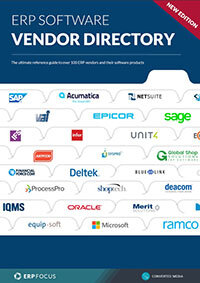
ERP Software Vendor Directory
Put the most comprehensive ERP vendor directory on your desk today
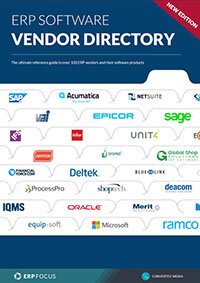
Featured white papers
-

ERP Software Pricing Guide
Get the latest pricing information on over 80 popular ERP systems, and learn how to budget for your ERP project in our free guide
Download -
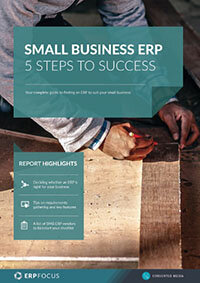
Small business ERP: five steps to success
Download -
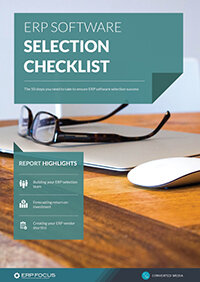
60-Step ERP Selection Checklist
Get the comprehensive checklist for your ERP selection project
Download
Related articles
-
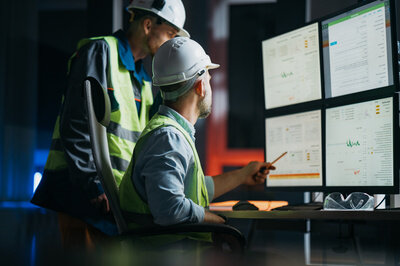
The best ERP systems for process manufacturing
Consider these ERP systems when selecting your next process manufacturing ERP
-

CMMC Compliance: What Aerospace and Defense Manufacturers Need to Know
Key insights on CMMC compliance, deadlines, and securing DoD contracts with CMMC 2.0 certificatio...
-
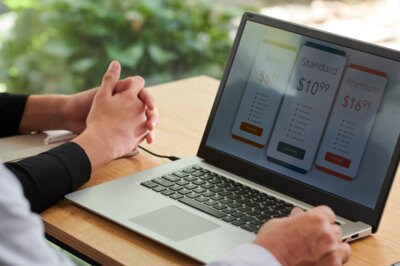
5 ERP pricing definitions you need to understand
Have you mastered the ERP pricing lexicon yet? Getting to grips with these five definitions is a ...

